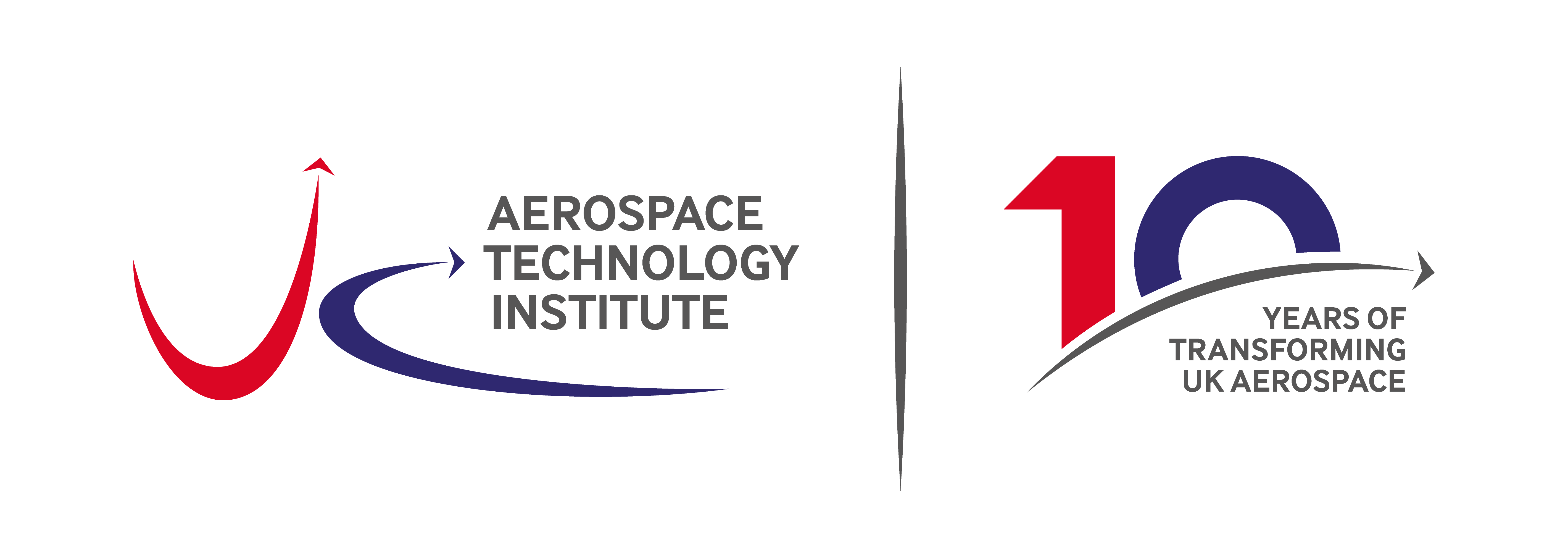Building the FlyZero team
Chris Gear, Project Director for FlyZero, provides an update on the project’s first steps.
Earlier this year, along with many others in the UK aerospace sector, I welcomed the move from the ATI to launch FlyZero – a research project to examine the feasibility of zero carbon-emission technologies and what impact this has on future aircraft concepts.
Now, I am excited to be leading FlyZero as its Project Director and to be working closely with the ATI and soon with many others across Government, UK industry, academia and research organisations.
There is a clear plan for what FlyZero aims to achieve. It is unlike most research projects in that it offers open-access for UK aerospace organisations – both in terms of the people who will work on the project and in terms of its output.
We have a clear vision for FlyZero too. We know that, for the UK to maintain a leading position in a competitive global market, we must be at the forefront of the new and disruptive technologies that will decarbonise aviation. And we know that it will be a significant challenge, with several potential technology solutions, each with their own complexities.
But we don’t know yet where it will take us, and that is incredibly exciting. We will need to evaluate potential energy sources and the ground infrastructure needed for creating green energy, look at how to utilise the green energy safely in air vehicles, and understand the full lifecycle of these products.
It is not about building a one-off vehicle for a specific market sector but exploring the art of the possible and determining the facts needed to bring such technologies to market.
There is one principle I will ensure is at the heart of FlyZero, and that is the development of the people involved in the project – in order to build their knowledge and create new capabilities in the UK that support the future of our industry and give us a competitive position in the understanding of zero carbon-emission aircraft.
We have said that we want to convene expertise from across the UK aerospace sector. There are many reasons why we have designed the project to be resourced with secondees, but principal among those is that we want the secondees to return to their employer with new skills, new experiences and new insights in these future technologies – to spread that knowledge across the UK sector.
It is a personal goal to include among the project team a number of young people – technologists, engineers, strategists and others who are relatively new in their career, and who could benefit from working on a project of this nature and preparing for the challenges facing tomorrow’s aviation environment.
Right now I am addressing the first line of my team – the Chief Engineer and the leads of the various workstreams – and I hope to have them onboard in December. We will shortly be launching Wave One of recruiting the other roles. My expectation is that this first wave will cover what I think of as the ‘Concept Team’ – building the scenarios, putting it all in the context of the sustainability goals, and assessing the commercial market opportunities.
We will be announcing the launch of further recruitment phases very soon, so please do check the FlyZero pages on the ATI web site for further information and project updates.

